Questions for Boris Ondreička, Artistic Director at viennacontemporary
From 8–11 September 2022, Austria’s largest art fair, viennacontemporary, will take place at Kursalon Vienna. It will be the first time that this prestigious venue in the cultural heart of the city will be hosting Austria’s leading fair for contemporary art. With its curated, boutique format, the Fair promises a fresh multicultural selection of artists that one can’t see anywhere else. We spoke with artistic director Boris Ondreicka about his journey through the art world, his key learnings and his top tips on upcoming artists.
.jpg) Boris Ondreicka. Photo: Kristina Kulakova
Boris Ondreicka. Photo: Kristina Kulakova
How did you get started doing what you do?
I was invited to work as artistic director of viennacontemporary a year ago, after working together with several members of the board and a close circuit of viennacontemporary before. The invitation was based on mutual knowledge and interest. I graduated as a painter, but right after the academy, I started to look for ways of making a livelihood. So I immediately jumped to being a production manager in the art field. Then it was just a step until I was starting my own curatorial projects – and then a decade after, I was a director of a civic association called tranzit for 10 years, a network of NGOs from Prague to Bucharest. Then I was invited to work as a curator at the collection of Francesca Thyssen, formerly Francesca von Habsburg. And now here we are. So I should say that I went through three to four fundamental modes of art production from non-commercial to commercial – that’s my background.
What is something you wish you knew when you first started in the art world?
My father was an artist and a teacher in the arts as well. So I didn’t really choose this discipline, you know? Speaking about my first contact with arts, I was a toddler, and I actually don’t remember that, so I didn’t choose my profession. The arts are my garden which I never left. But the arts are many things – under the name “art” various disciplines come to this garden to pick some fruits. It’s its own political economy with a lot of financial interests and unexpected players. A lot of it is attractive, or sexy, you know, and you meet huge diversity of people that make it extremely interesting. They all come to the discipline looking for something else…even artists themselves. There are some artists looking for essential success, and they do anything for success itself. And then there is the complete opposite. There are really massive introverts who are just like, let’s say, spiritual persons.
What was the first artwork you ever bought?
I was 14 and I bought a wood cut-off of the Czech art nouveau or symbolist graphic artist Josef Váchal. Since my quite early teenage years, I was very much interested in late 19th century literature and arts, mainly decadent and symbolists and later surrealists and, and so on. And I bought it for something like nine euros, which now can be at least 3 to 5,000 euros, but that was also before 1989. You could buy these things in our circumstances for very cheap. So that was the first piece.
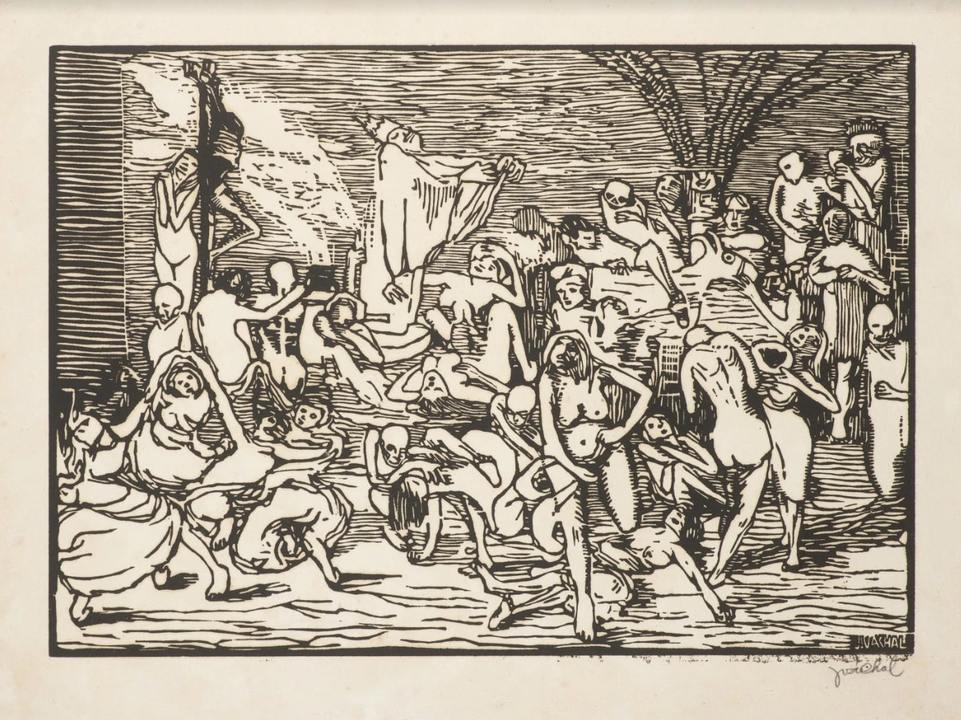 Josef Váchal, Black Mass (1909)
Josef Váchal, Black Mass (1909)
Have you gone on to buy more from him?
I made a lot of exchanges, like, I exchanged things from artists to artists and also, honestly, I’ve received a lot of gifts – really beautiful gifts, but I don’t see myself as a collector. There were also many, many situations when I’ve refused gifts as a curator, because that was absolutely against any correctness of the relationship between me and the people I was working with. So also with my recent position, as artistic director with viennacontemporary, I have huge limitations in these terms. I worry over what is the correctness, you know, of my behavior in these situations.
What is the most misunderstood aspect of the art market in your opinion?
There are several types of misunderstandings. One misunderstanding is fast money. People think that because art is magic that everything can be done easily like this, but there are many things which need time and effort and don’t happen spontaneously. They need a lot of support, conditions, operations and climates etc. to become as profitable as people want. So the mechanism of profit from arts is a bubble which grows bigger and bigger. I think there is also a slight misunderstanding as to who the players are and what those players do. Like, for example, we as an art fair would normally be considered as an “enemy” of arts or artists. But at the end of the day, 50% from the fair’s context income goes to artists. So I think that what may initially be taken as negative or “dark” comes from a lack of education because in terms of academia for example, curatorial studies, there is a load of romanticism still kept which prohibits discussion about things like buyers and a market.
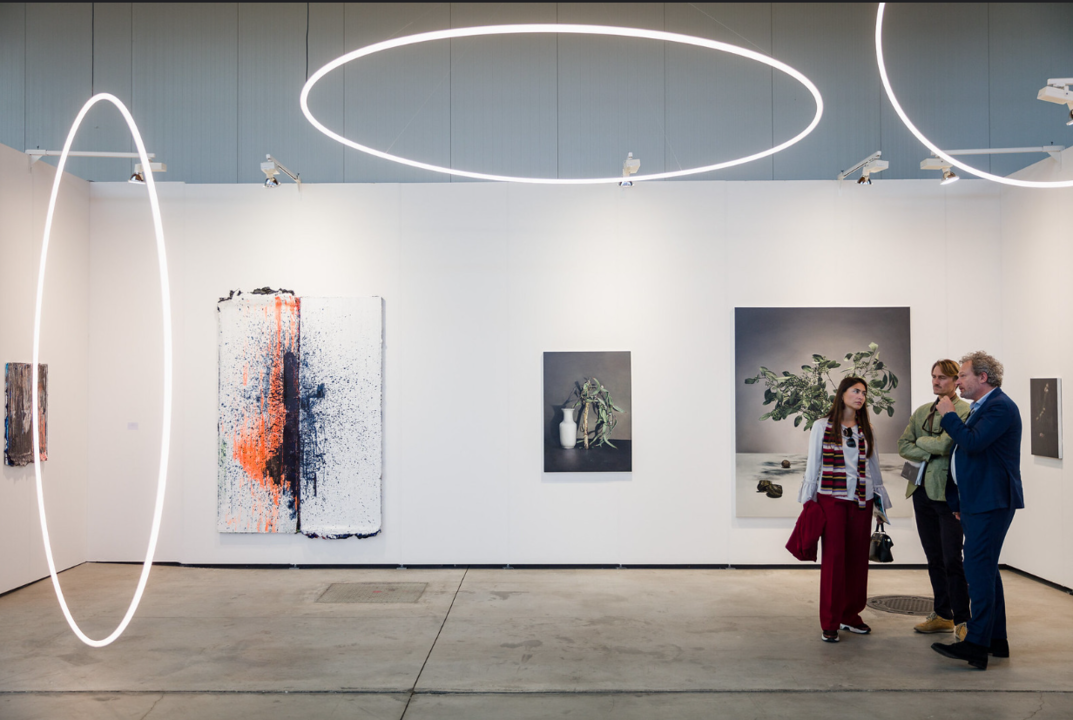
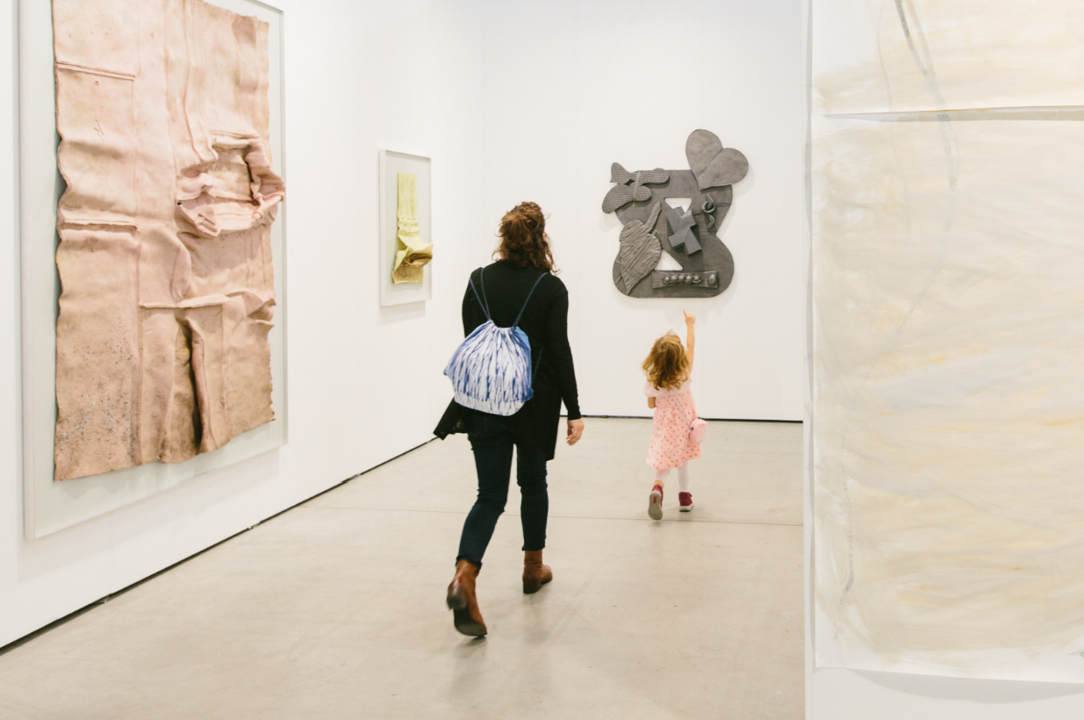
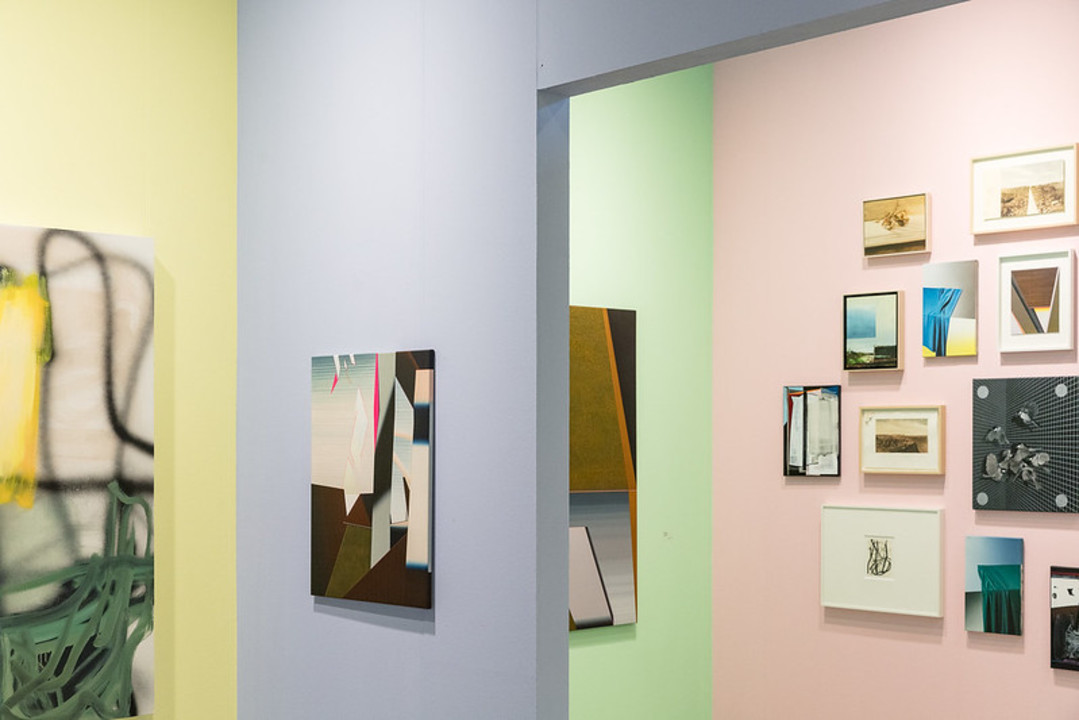
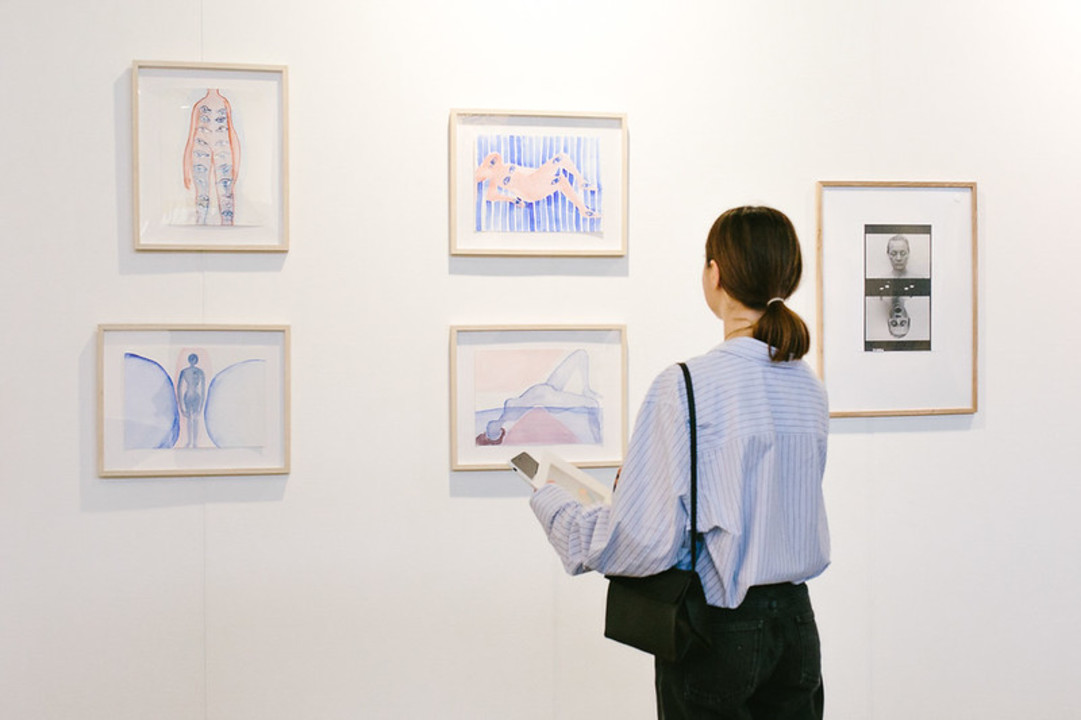
Which artists are you currently very excited about?
I’ll try to speak about this without overstepping the limitations of my position within a contemporary art fair – I’m myself a serviceman for galleries primarily. One of the most important points of our work is a certain neutrality. We can’t prioritise particular galleries and we have to be somehow democratic. So I’ll pick from people outside the fair – not to work against my own market, of course, if you know what I mean? I’ve worked with a lot of artists from Austria. For example, I really like Lois Weinberger, who died just a year ago, or I also like Heinz Frank, who also died. I also very much like Anna Artaker and Ines Doujak.
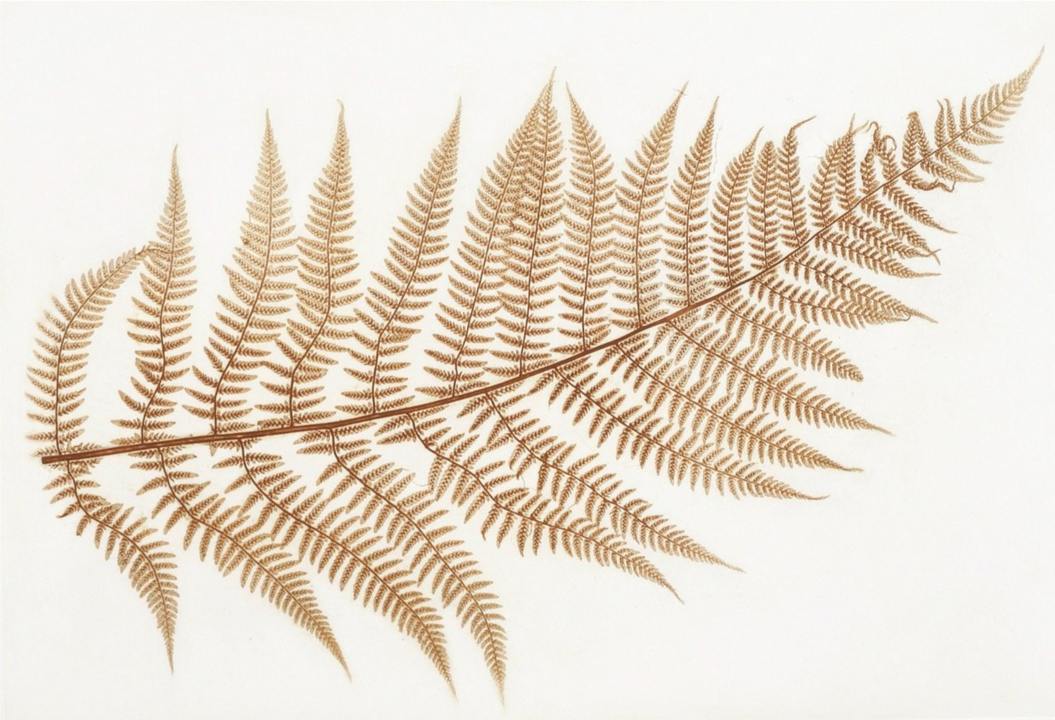 Anna Artaker, from the series The Pencil of Nature nature print of a fern, 2017. Photo: Ulrich Dertschei
Anna Artaker, from the series The Pencil of Nature nature print of a fern, 2017. Photo: Ulrich Dertschei
What is the last art-related Instagram post you liked, or what is something on Instagram that has caught your eye recently?
Actually, it was this American band, Sunn O))) – they make drone metal, and very recently they started to dig up dark post-psychedelic illustrations from the 1970s, especially of Savage Pencil (aka Edwin Pouncey). So I think this was the last thing that I was really like, touched by. But with Instagram, there are things which you are really amazed by in the morning and then another lot in the afternoon. This is a problem with quick media, Twitter and TikTok and all of these things. I’m not following Twitter, and I’m not following TikTok because it’s all too much, and I simply have no time for that, the never-ending feed.
What upcoming exhibitions are you looking forward to?
Obviously, I’m looking forward to our fair, which will also have satellite exhibitions. I’m also very much looking forward to numerous other exhibitions, which have been partly curated by our festival. There are loads of friends of mine who are curators of these shows - Like, for example, Vít Havránek. I will definitely go to see Documenta and Prague Biennale this summer too.
Tell us about an artist who should be getting more attention for their work.
I think actually there are sometimes well-known artists who are even represented that are intentionally not part of the market at all. For example, the Austrian Ines Doujak, who is a fabulous artist and who is really well known, but is not an integral part of the market. Or the Swedish poet and artist Karl Holmqvist who is amazing.
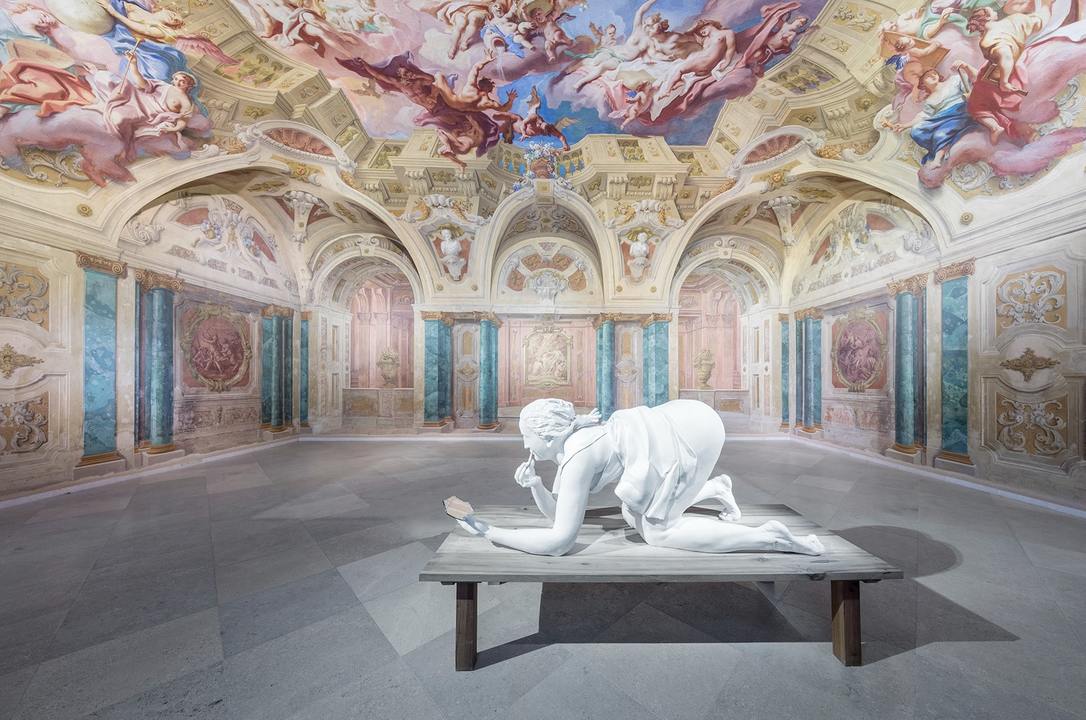 Ines Doujak, Hera, 2008. Exhibition view Carlone Contemporary Belvedere 2008. Photo: Johannes Stoll. Courtesy of Belvedere, Vienna.
Ines Doujak, Hera, 2008. Exhibition view Carlone Contemporary Belvedere 2008. Photo: Johannes Stoll. Courtesy of Belvedere, Vienna.
What is the best piece of professional advice you’ve ever been given?
In the past, one of my bosses came to me after three months of me covering the curatorial position, and she said “If you don’t share, I will fire you. And I was like, “Oh my God!” So the art of sharing, the collective approach, and distribution in terms of delivery and cooperation of expertise – this is something fundamental, what really helps our work to progress. If this mechanism is great then we can achieve really great goals. So it’s about expertise but also it’s about sharing because the distribution of work and labour implies also distribution of knowledge and legacy. I’m not as romantic as to believe in non-hierarchical structures, because there is a huge difference between an architect and a construction engineer. You know, these positions are different. There are these moments when the architect makes the decision, but then on the next day, the engineer makes the decision. So sometimes the question of communicative leadership is extremely important.
How do you or your clients gain confidence when buying art?
That’s a good point. This is very much related to an aspect of reputation – we have first to show good art. You have to bring good galleries and then you have to have good collectors. So these are very simple mathematics, but it’s really hard to achieve results. And then you create this context of trust because you know this is not only generative, but it’s also a self-cleaning system somehow. And control is internal control also. Galleries are competitive with each other, but competition also means control and critique. And we can all profit from these dynamics. So the client who trusts us according to these parameters believes that we have curated and maintained a certain history. There are particular clients – galleries and artists we work with – who accepted our invitation to participate because they trust us and what we do. Ultimately it’s a widespread distribution of trust. And that’s not only very demanding but also motivating further progress.
 viennacontemporary 2021. Photo: Niko Havranek
viennacontemporary 2021. Photo: Niko Havranek
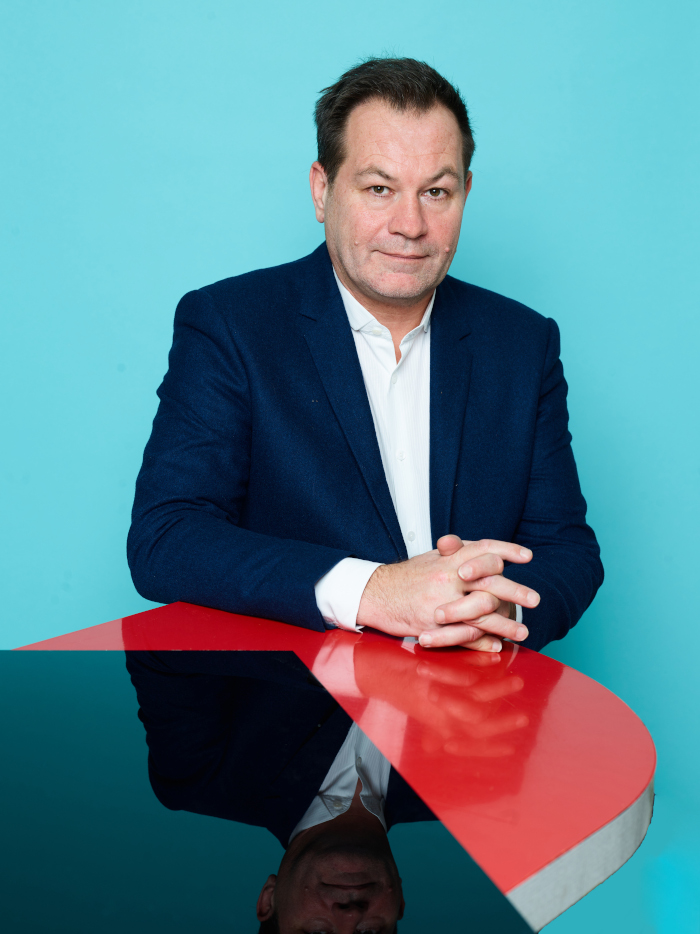

-min.jpeg)